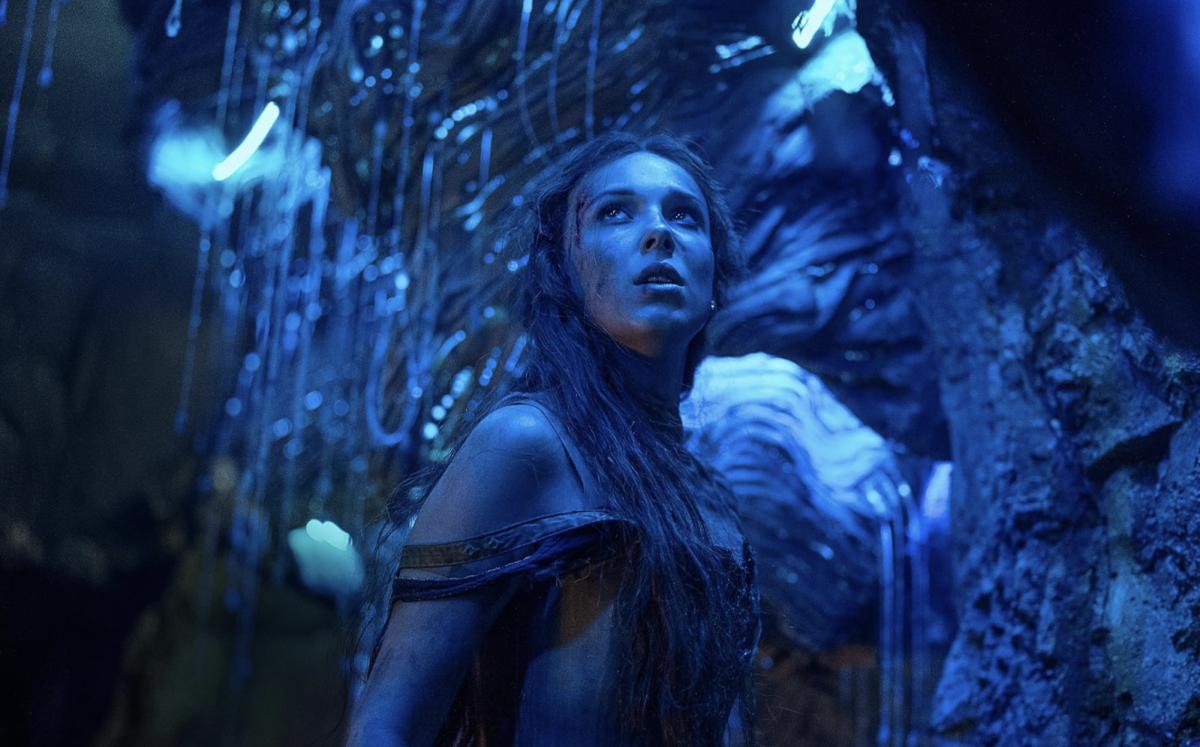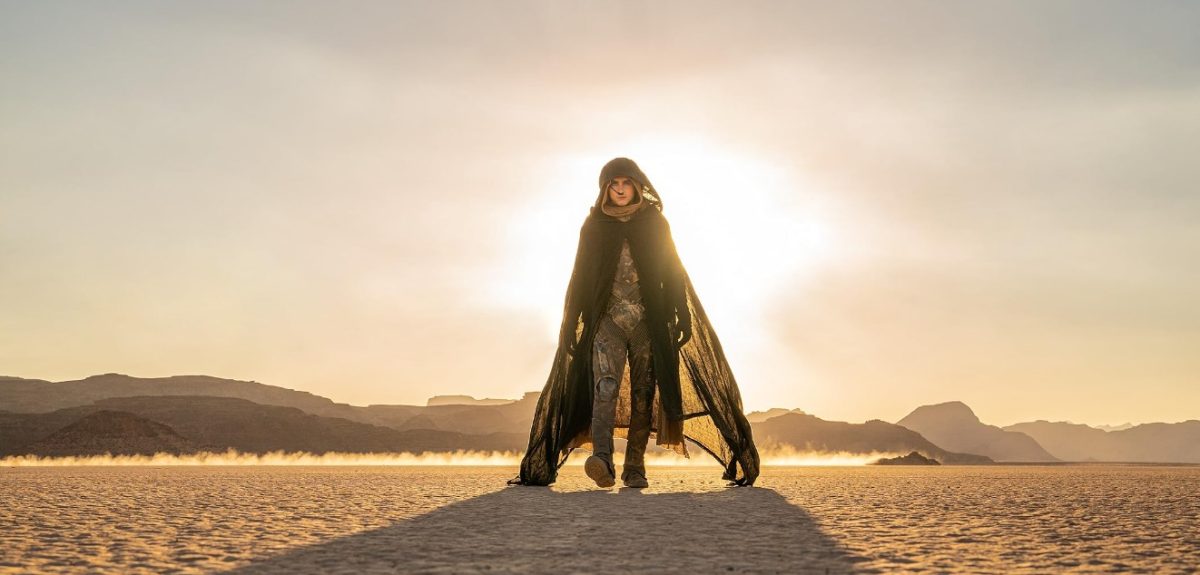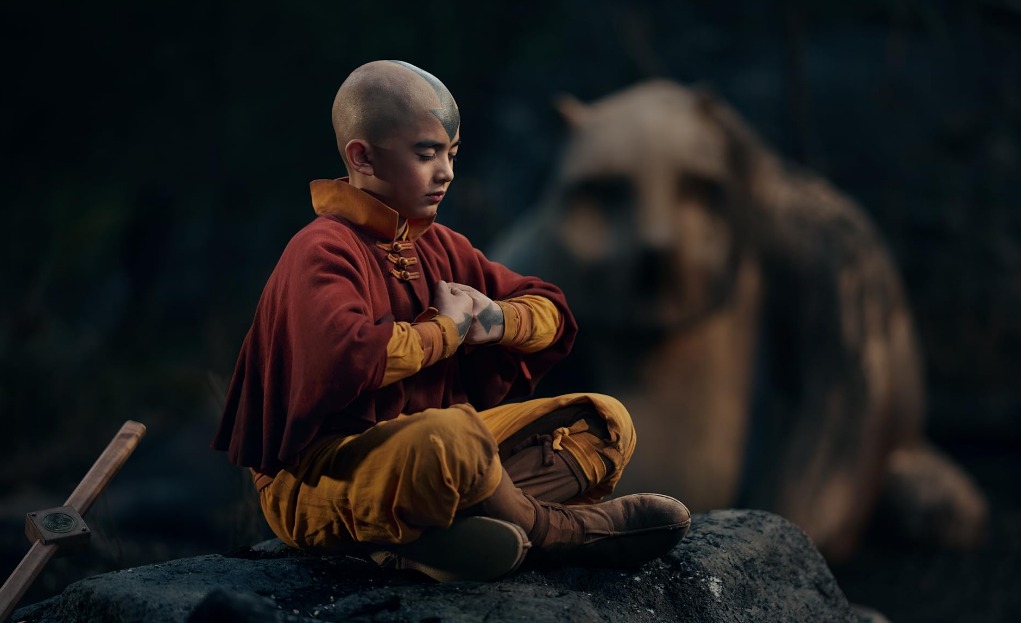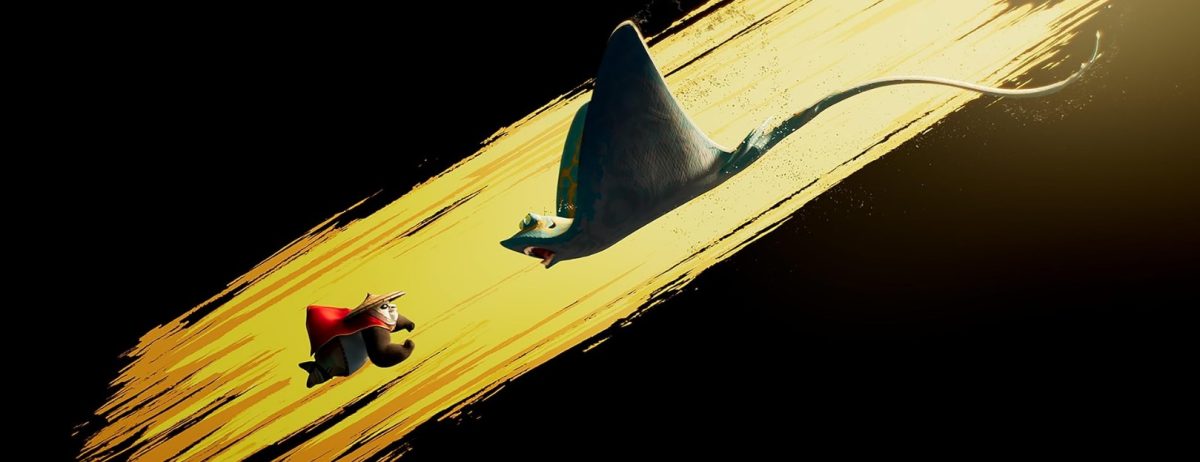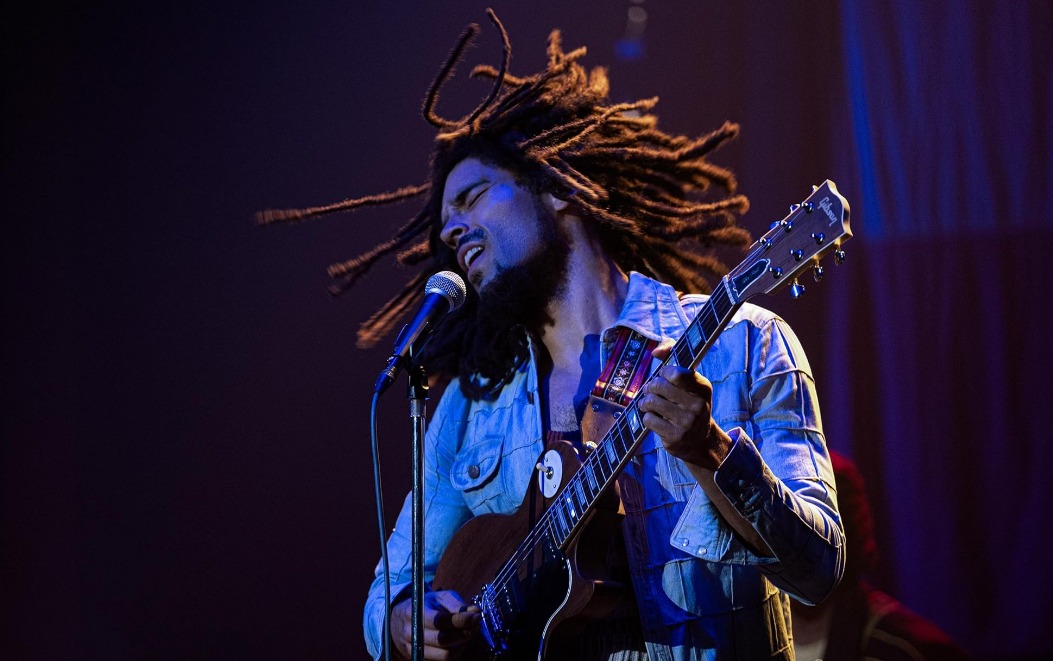Revolution. Dismantlement. Recovery. Election. This is the way much of the world has viewed the political upheaval in the Middle East, particularly in Egypt: like a never-ending newsreel, one event after another. However, the fragile situation in Egypt is very real, vibrant and eerie at the same time. It is depicted with honesty in Coerte Voorhees’ (COL ’12) recent short documentary, Walking With the Egyptians.
Voorhees originally came up with the idea for the documentary during his independent study last semester. “This was really my first experience in making documentaries,” he said. “I have more experience with narrative films, but making this film was truly exciting. I got to work with a variety ofperspectives.”
This variety of perspectives included those from some of Georgetown’s own experts, such as John Esposito, founding director of the Prince Alwaleed Bin Talal Center for Muslim-Christian Understanding John Voll, Islamic history professor and associate director of the Bin Talal Center, and Natalie Khazaal, professor of Arabic and Islamic Studies, who all contributed to the film.
“Here at Georgetown, we have such an opportunity to be surrounded by the world’s experts. They are the no. 1 consultants on what’s going on over there. They give a very up-to-date analysis. Doing that was really exciting,” Voorhees said. “It makes my job really easy.”
The documentary focuses in some ways on the revolution’s seemingly fluid motion while simultaneously negating that very aspect of the upheaval. The opening credits spill over various Egyptian landscapes and hide among cars travelling down the highway. Minutes into the film, shots of various monuments in Egypt fade into D.C.’s Washington Monument and then our very own Healy Hall, where interviews with Middle East experts first appear.
The film also focuses heavily on Jonathan Wright, former Reuters Cairo bureau chief, and prominent Egyptian actor Karim Kassem, whom Voorhees met and befriended during a summer film program at the University of Southern California.
An active participant in the Egyptian revolution, Kassem knows what the Egyptian youth want. A vivid clip in the documentary depicts a police attack against him.
Even more prominent than the obvious military presence displayed throughout the film is the degeneration of Cairo into abandoned historical monuments and mountainous piles of trash on the side of the highway.
“I originally went to Egypt when I was 11-years old. At that time, I was completely mesmerized and in awe. When I went back this time, I was a Georgetown student, and my eyes were … open in a different way. I noticed the tremendous poverty, the lack of tourists and the military presence more than anything,” Voorhees said.
One of the most defining and horrifying moments of his trip was when he and his father were nearly kidnapped from their taxi en route to see the ancient pyramids. Luckily, they escaped and returned to the United States in order to edit the film and turn it in on time.
The short documentary will likely screen twice this semester, once at an event sponsored by the Bin Talal Center, the second at the Georgetown Film & Music Festival.
Perhaps the most noticeable aspect of the film is its incredible raw footage, which Voorhees says was a result of the necessary stealth involved in filming Egypt. A year after the revolution, the tourism industry has completely flattened, and there is still an unspoken aversion to foreigners during such a fragile time. “I was the only American around,” Voorhees said. “Most of the time, I felt like a total outsider.”



